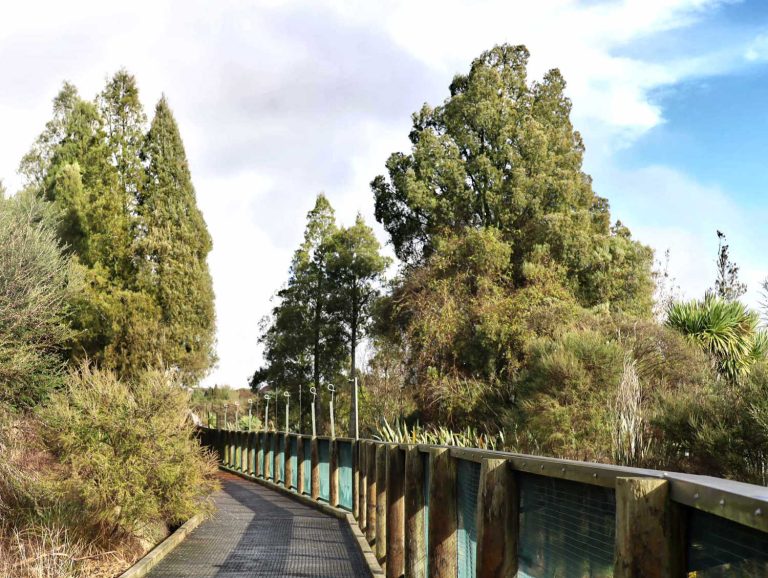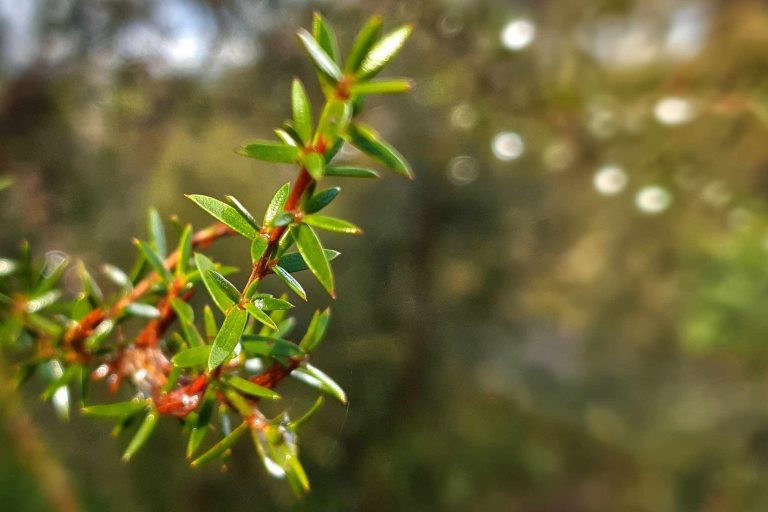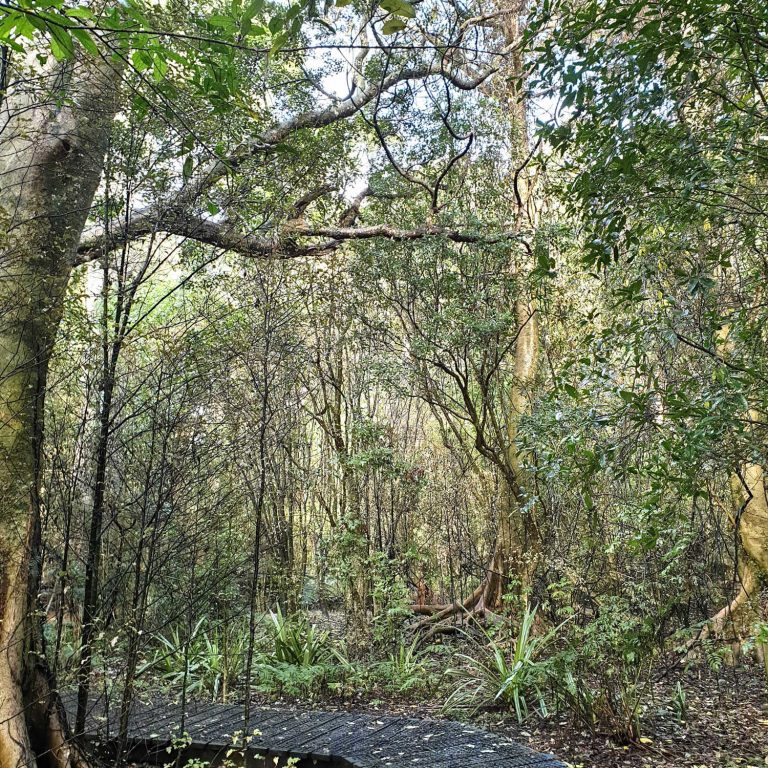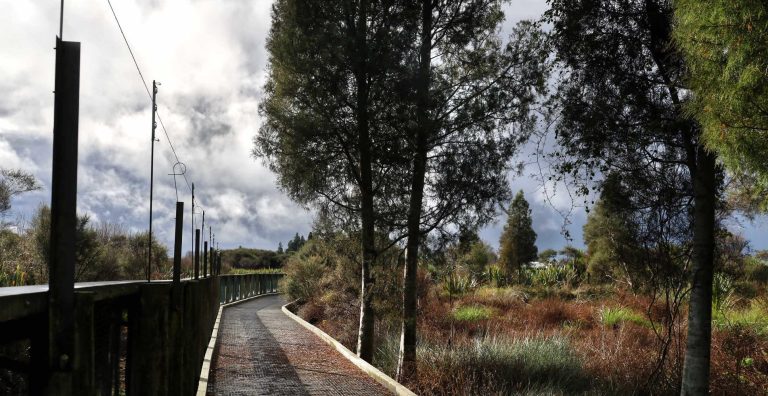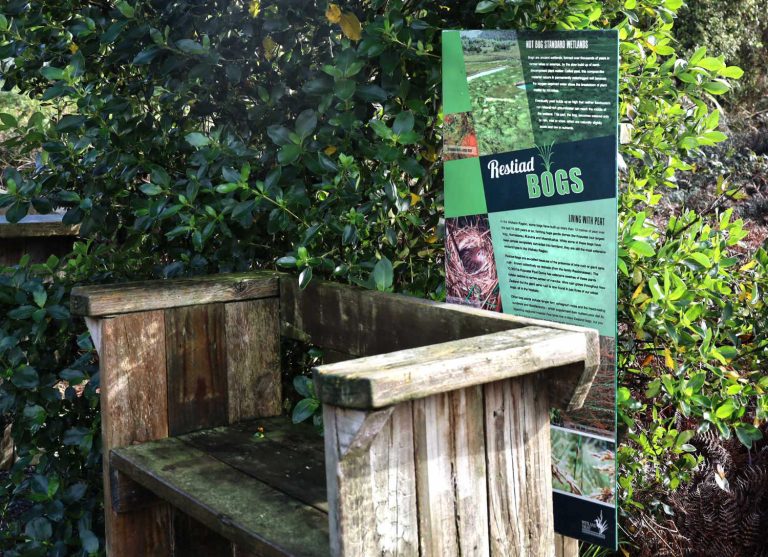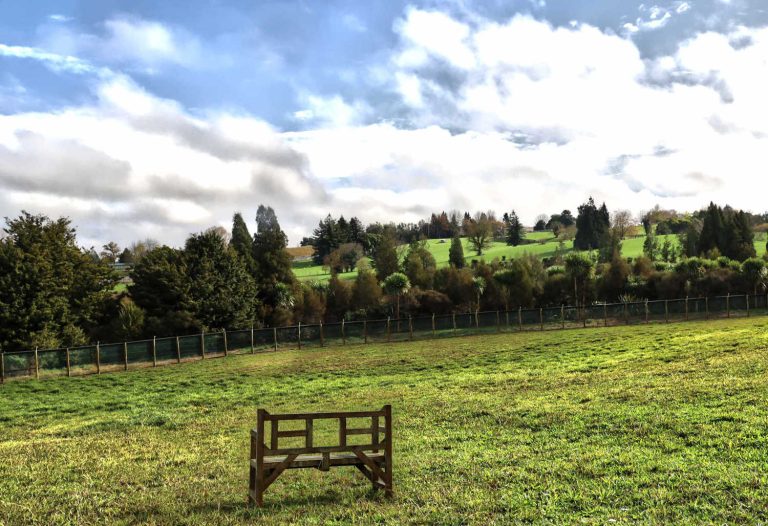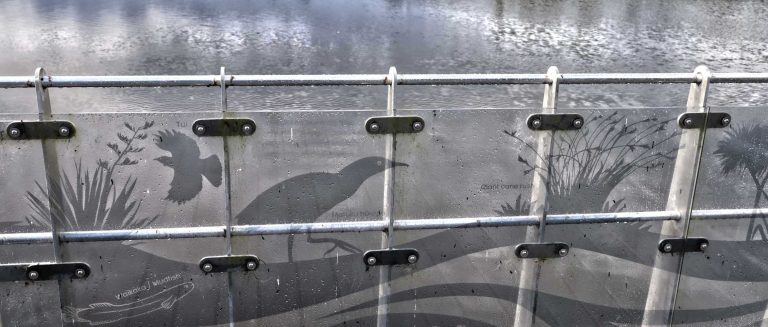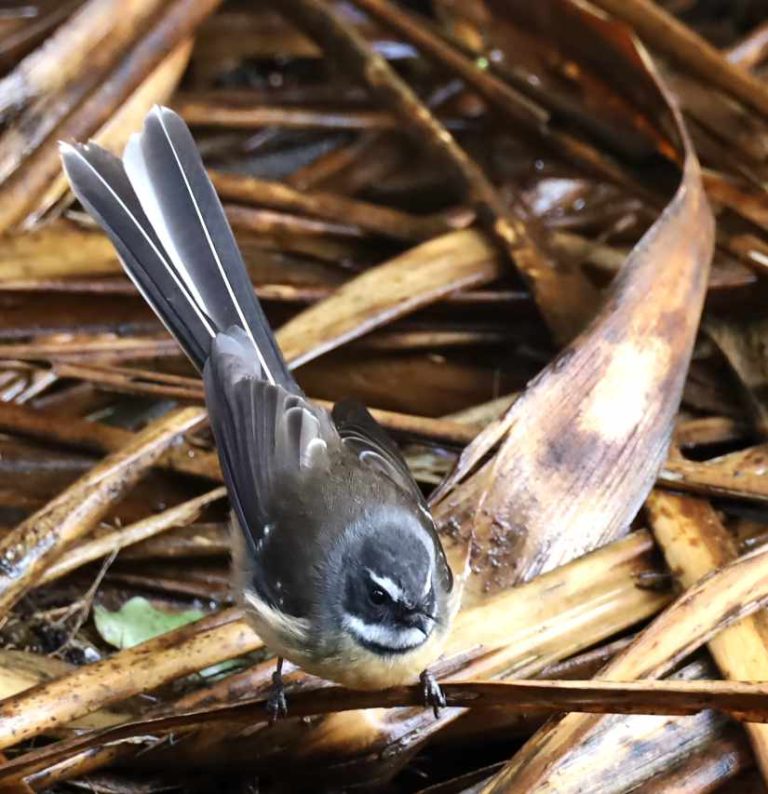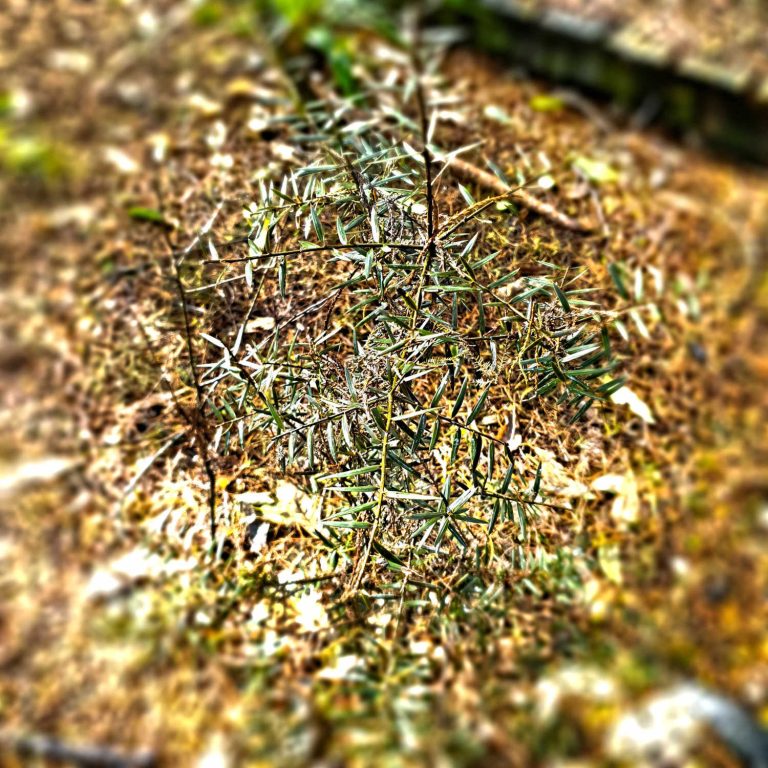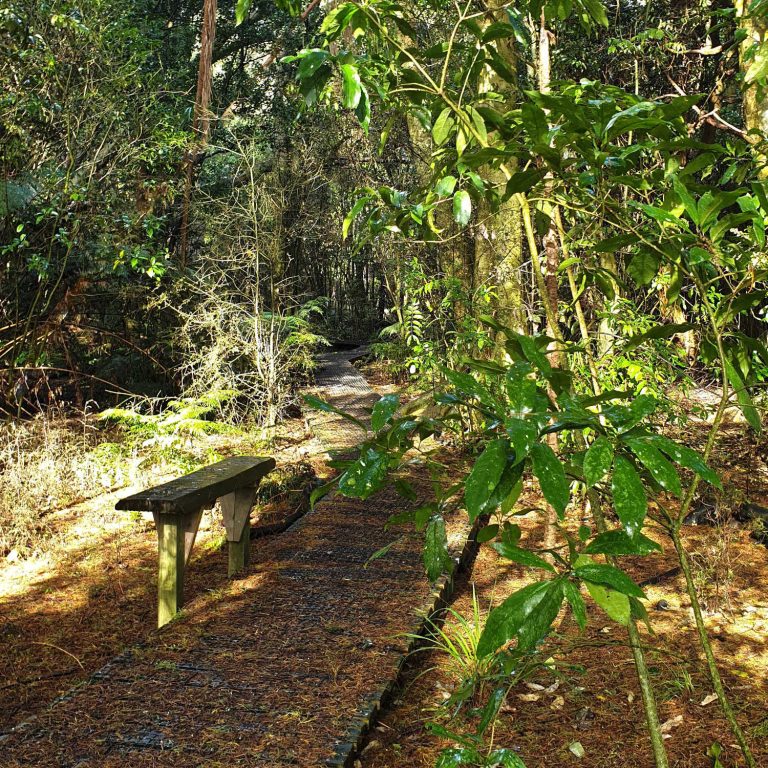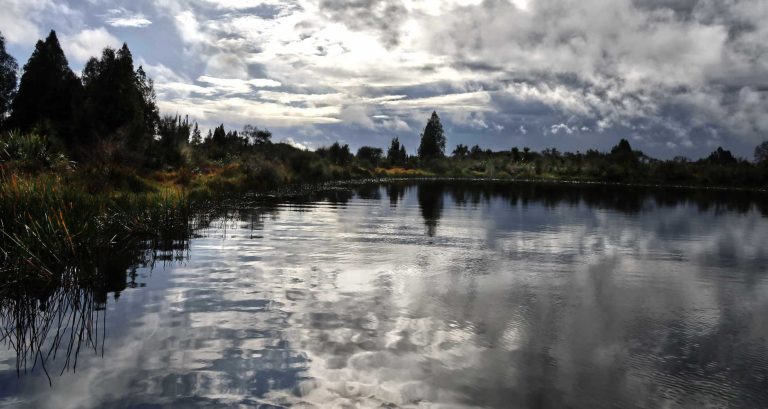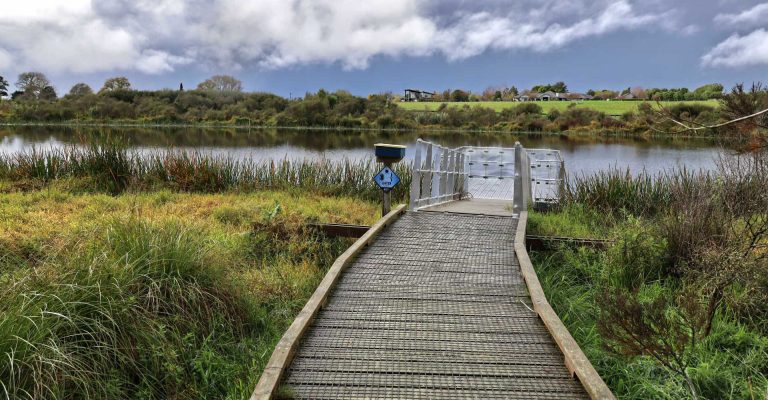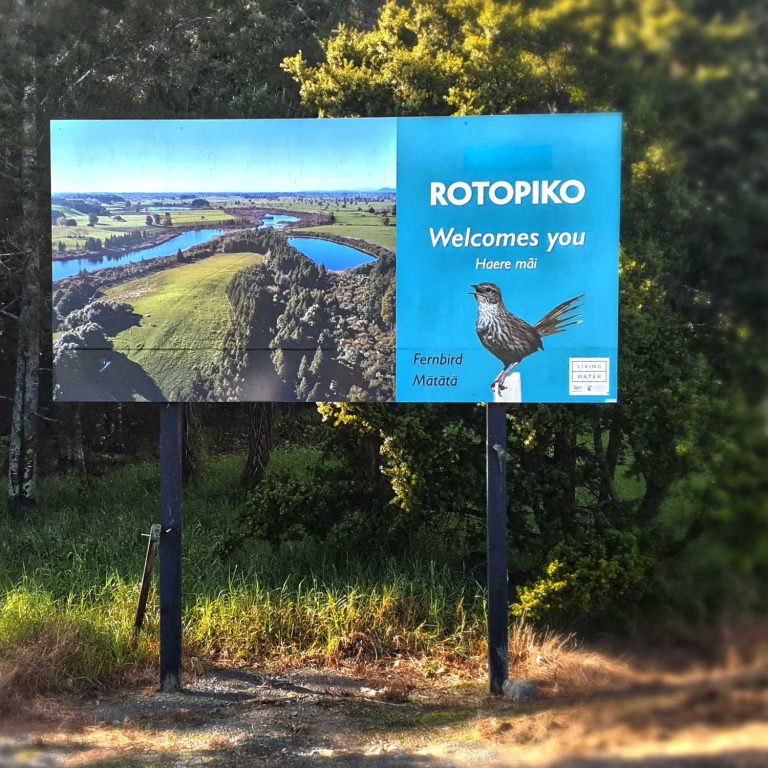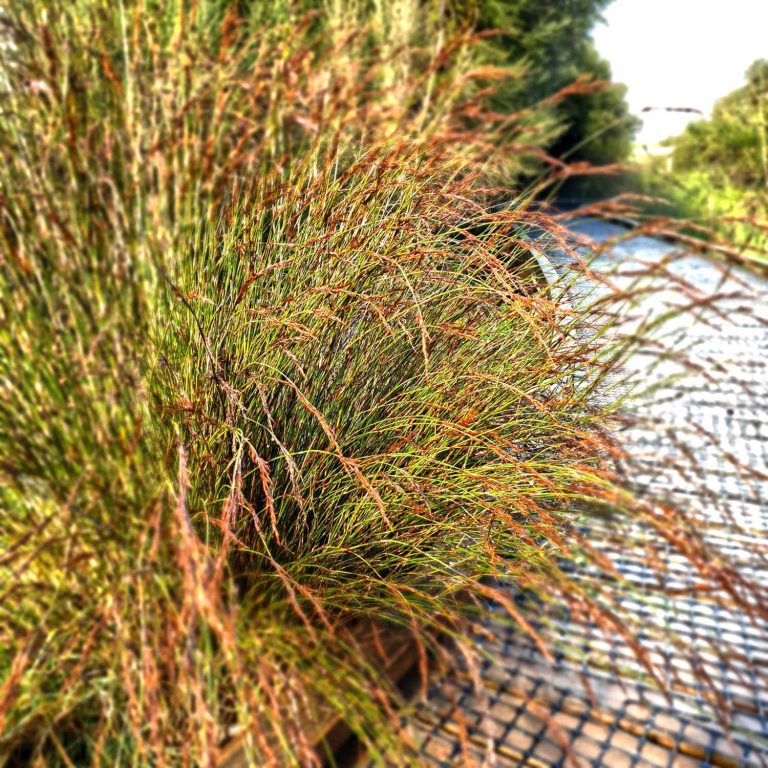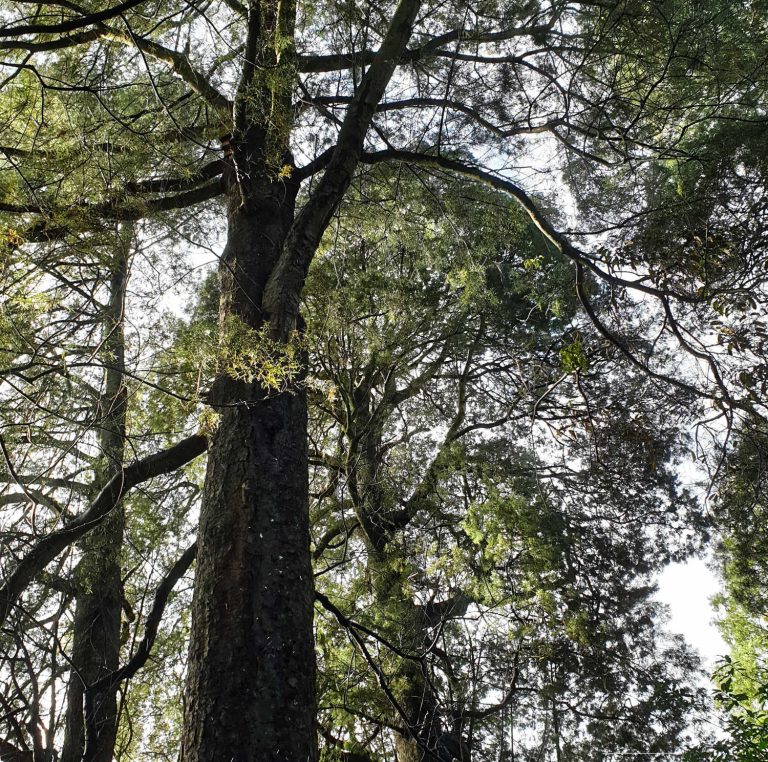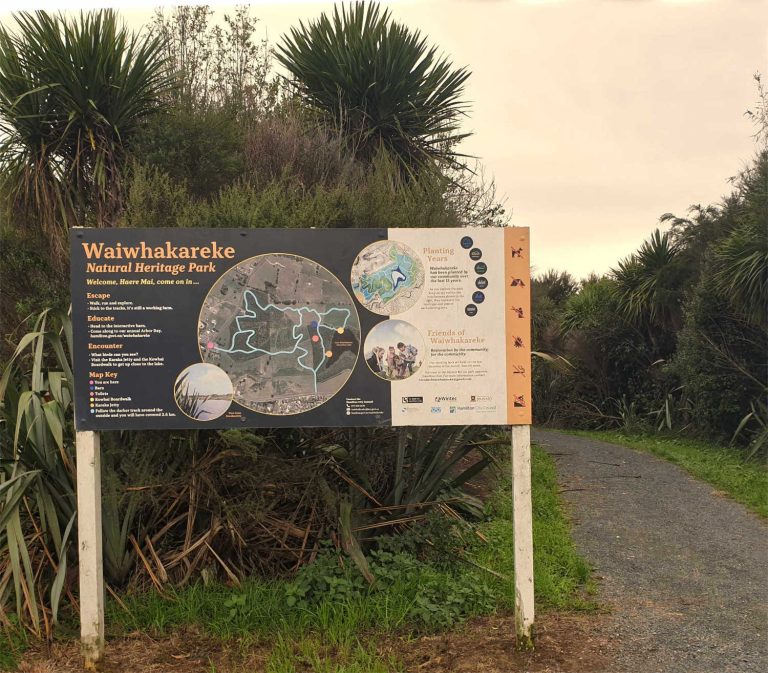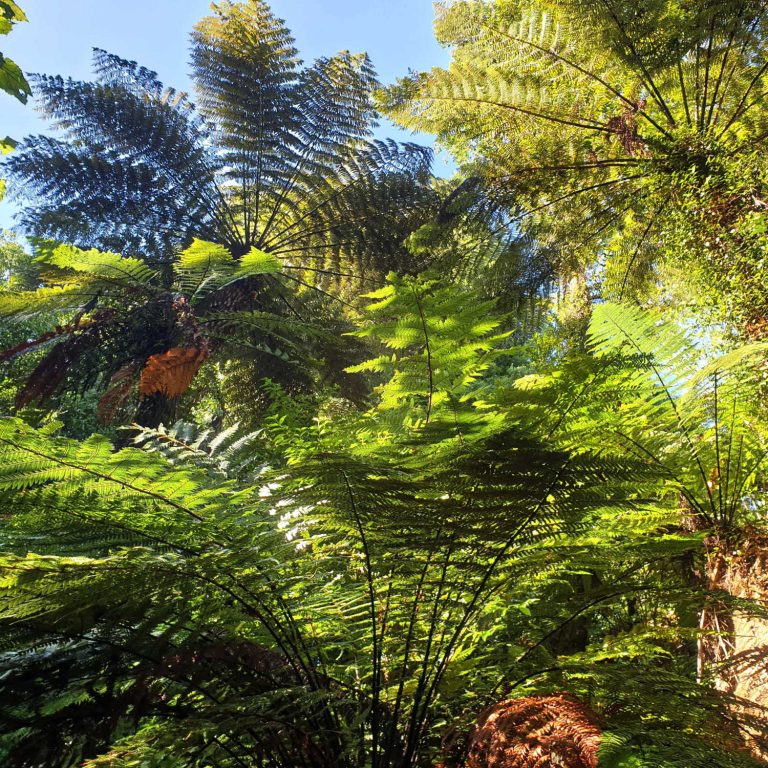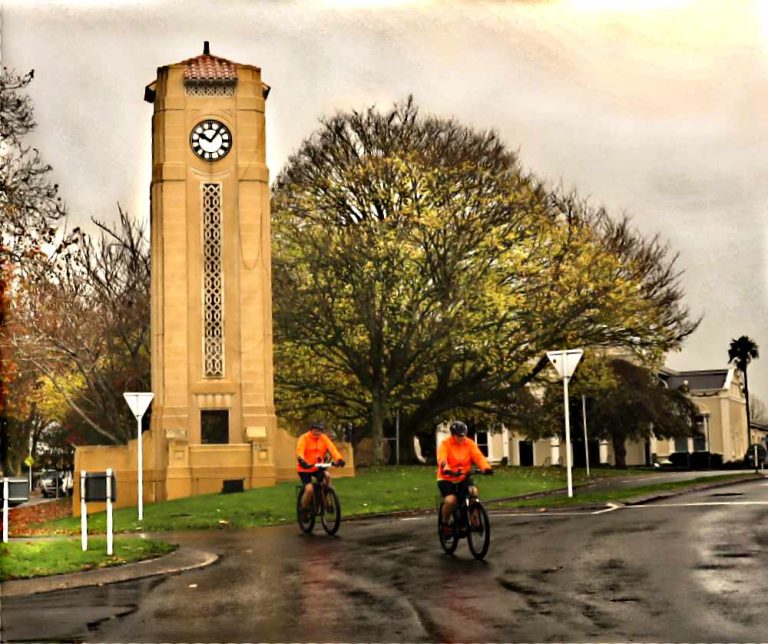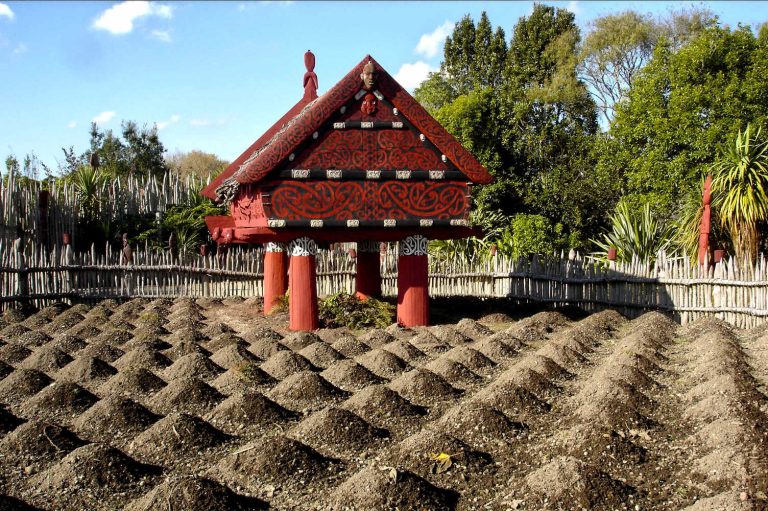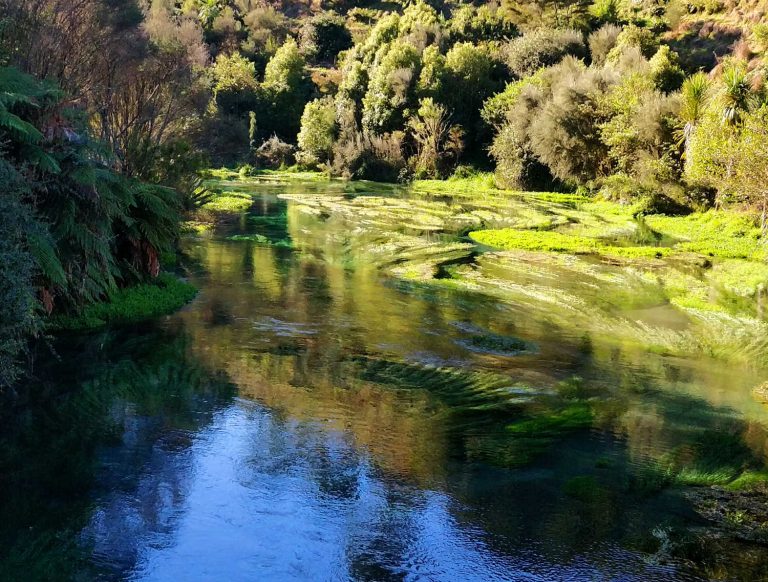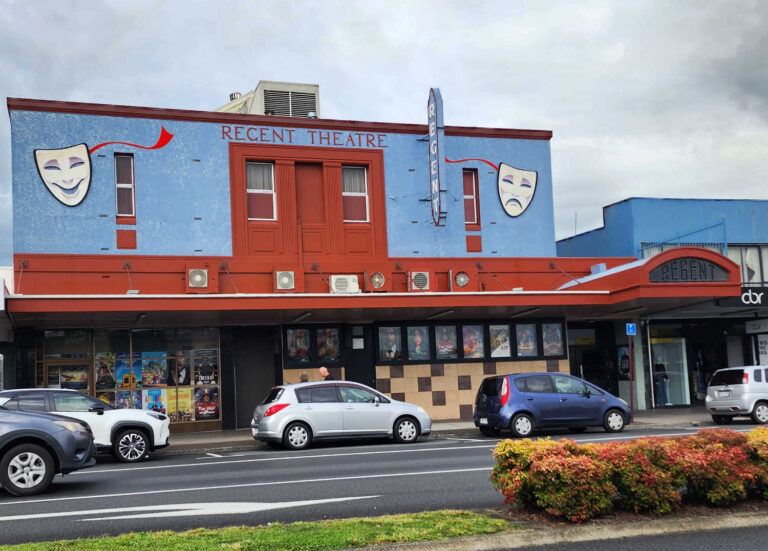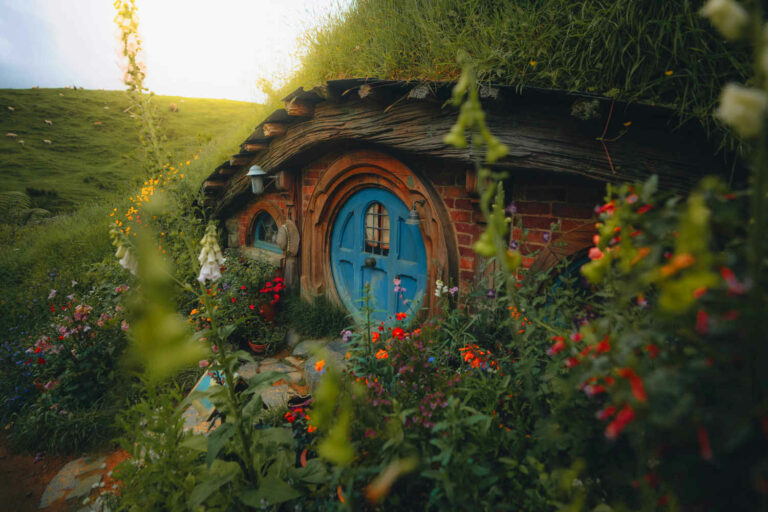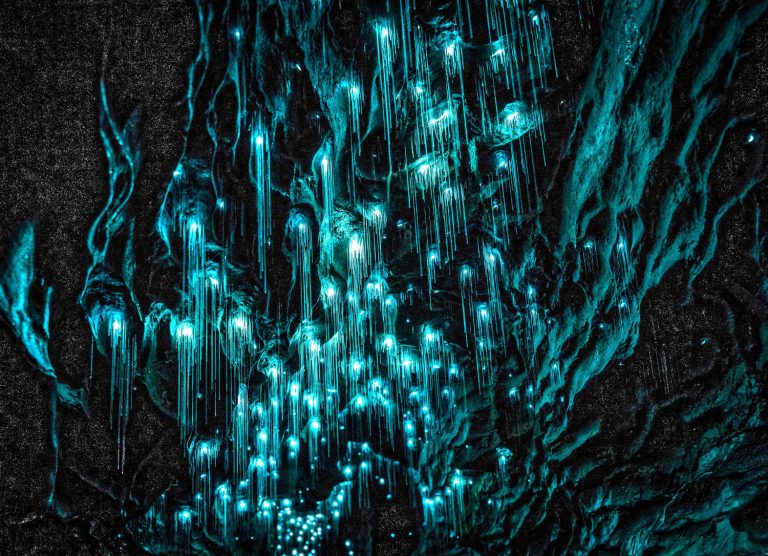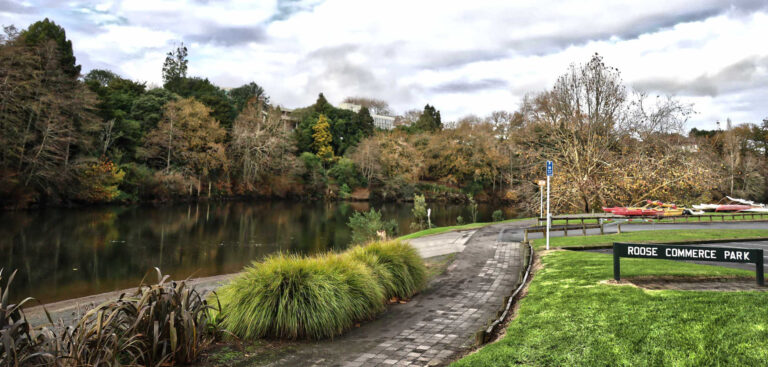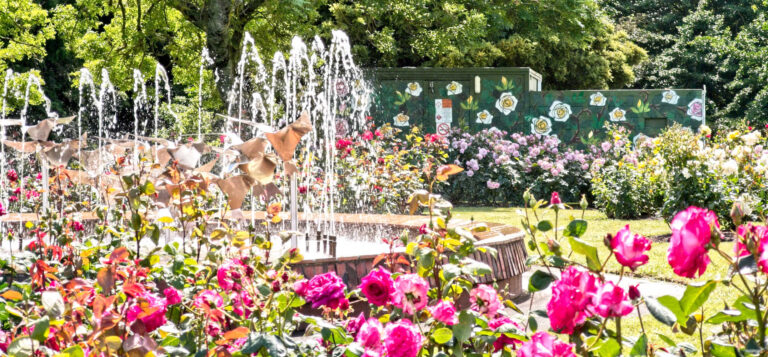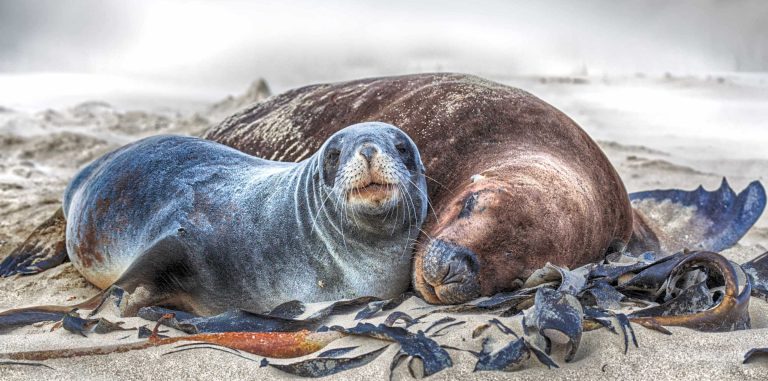Self-guided tour, conservation story
Discover an original slice of Aotearoa New Zealand wetlands. Flora and fauna now protected by a sturdy predator fence keeping out the bad guys such as rodents, possums and feral cats.
If you are travelling from Auckland to the Waikato do not miss the opportunity to explore Putaruru Blue Springs, a glorious short walk. Water power in its full majesty as massive deep blue springs eddy and flow.
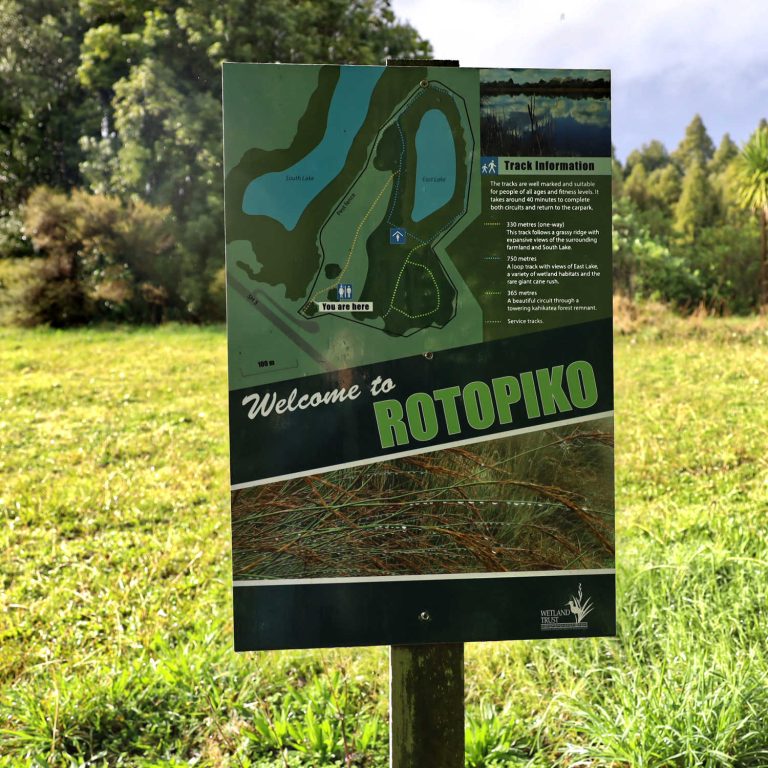
Top sights – Turney Bush Reserve
- Ancient swamp kahikatea trees giving a hint of what a mature swamp tree looks like
- Fern birds intent on foraging at your feet
- Inky deep still peat lake
- Stunning contrast between the cultivated farmed dairy pasture and the reserve
- Spaces for kids to jump, run and explore a conservation reserve

Where is the best place to stay nearby Waikato’s peat lakes, Lake Rotopiko?
The nearest place to Waikato’s peat lakes, Lake Rotopiko is Te Awamutu.
Turney Bush Reserve
Jurassic forest of ancient kahikatea trees in ‘Turney Bush’ The former farm site is now an important reserve of mature kahikatea trees that once were dominant in the Waikato. Turney Bush kahikatea trees are massive; estimated to be over 300 years old. Their extraordinary root system, designed for swamp life, is exposed. The large roots are buttressed, gnarly foundations for a life where water is a constant in a swamp forest.
Fern birds flitting at your feet as you silently listen to the sounds of the bush and forest.
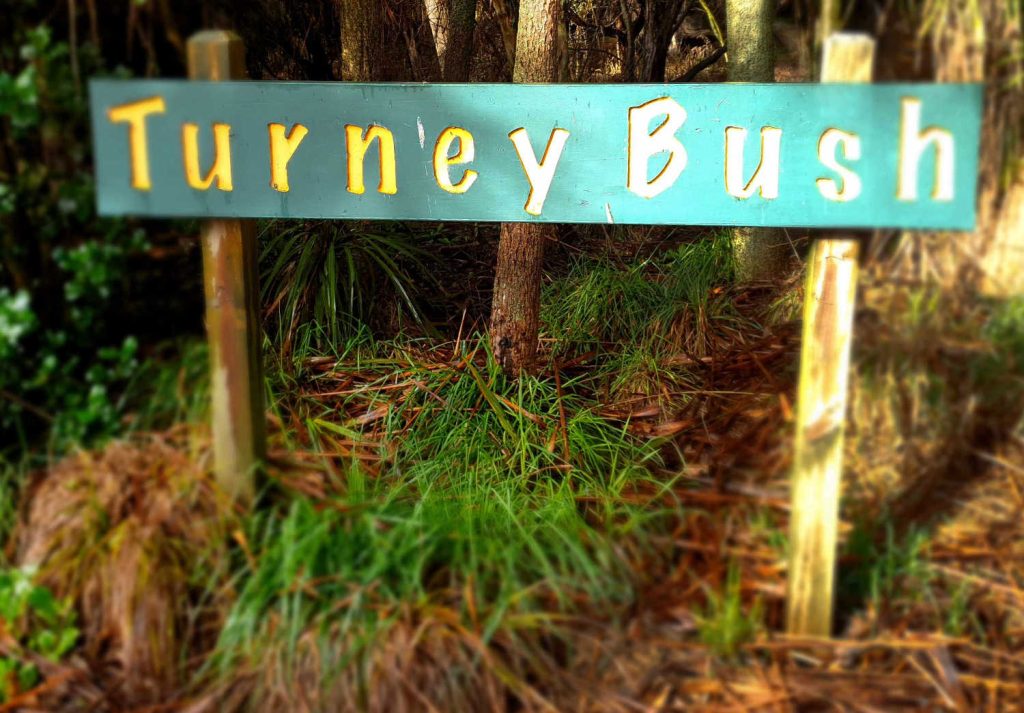
Visit Hobbiton and Waitomo Caves less than 30 minutes from Te Awamutu. Plan a visit to nearby Hamilton and explore the mighty Waikato River on a river walk.
Maungatautari Sanctuary Mountain attractions, things to do – Best Bits is another great visitor experience for families and friends interested in the outdoors and NZ wildlife.
Look and observe the margins of the predator proof fence for plantings designed to build a buffer between the sanctuary and the farmland. The forest margins are dense with flourishing mapou, round leaved native coprosma and hahoe to create shade and protect the reserve from the wind. Seedlings are quickly re-establishing themselves in the bush and forest. Look down for the bursts of green hinting at self-established rejuvenation.

Te Awamutu is stunning in spring and early summer with roses in their peak season. The Te Awamutu Rose Garden is a awash with colour and scent.
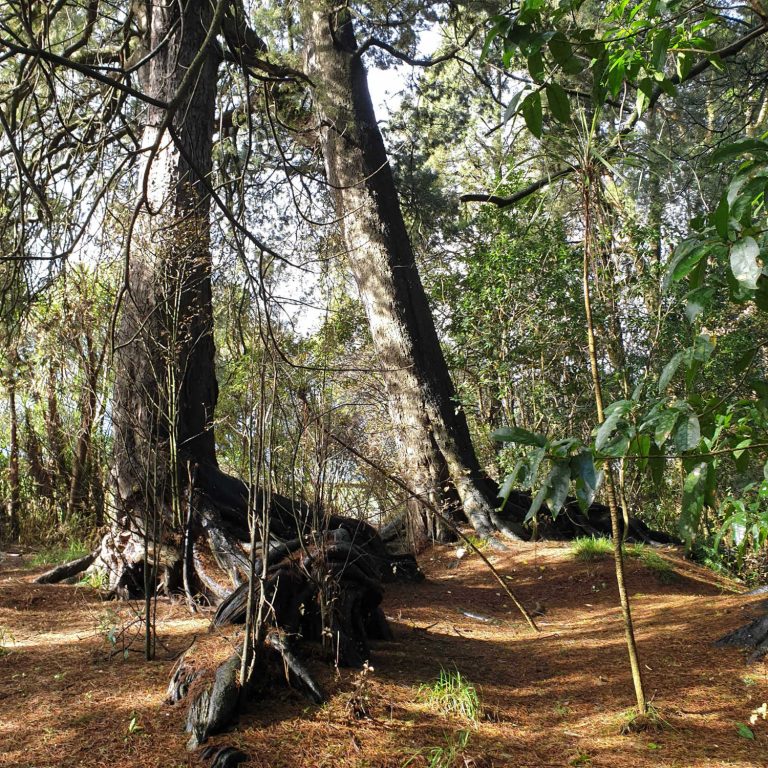
Building a buffer
The pest fence helps to block wind and provide shade, acting like a buffer for the small isolated stand. The forest margins were planted up with hardy natives like māpou, round-leaf coprosma and māhoe to quickly seal the edge and create a more natural humid and shady forest interior. Back in the 1980s, the council planted a stand of dense tōtara and kahikatea off the ridge to the north of the big stand, and later planted a nurse crop linking the two to allow the kahikatea forest to double in size. The removal of rabbits and hares from inside the pest fence means seedlings can self-establish.
Kiwi guardians location
Explore the world of peat lakes, natural wetlands and where ancient kahikatea trees ensure their roots are not saturated with exposed roots trailing the undergrowth. Play eels and ladders, mudfish scrabble and guess “whose poop” with tips and boxes full of information sheets to assist the hunt for facts and fun outdoors.
- Open two doors into a pest-free sanctuary.
- Learn from hands-on activities on the Rotopiko Discovery Trail.
- Look for Fred the Thread – the world’s skinniest caterpillar.
- See a Coca Cola coloured peat lake and ancient kahikatea trees standing on their tippy toes.
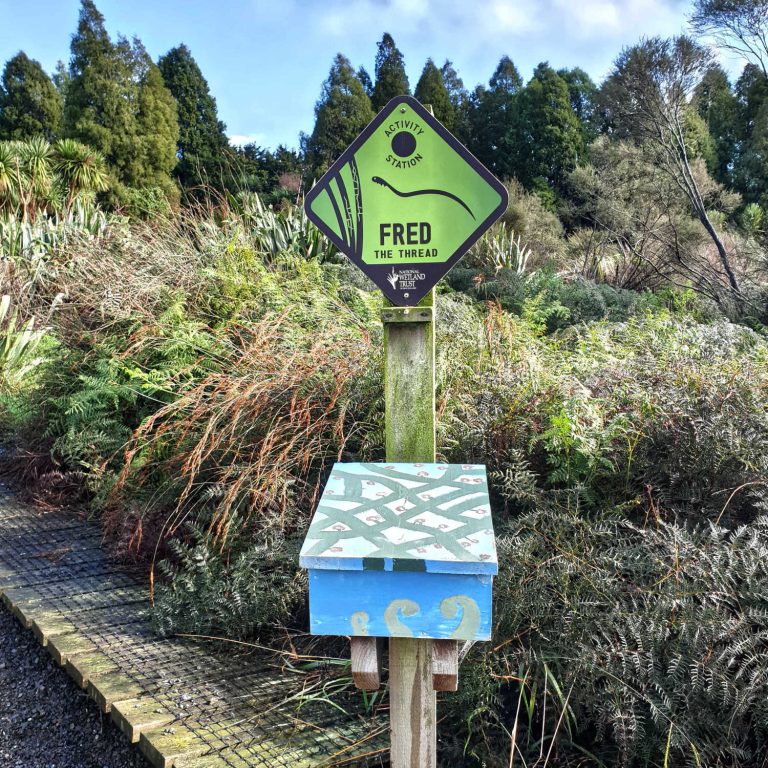
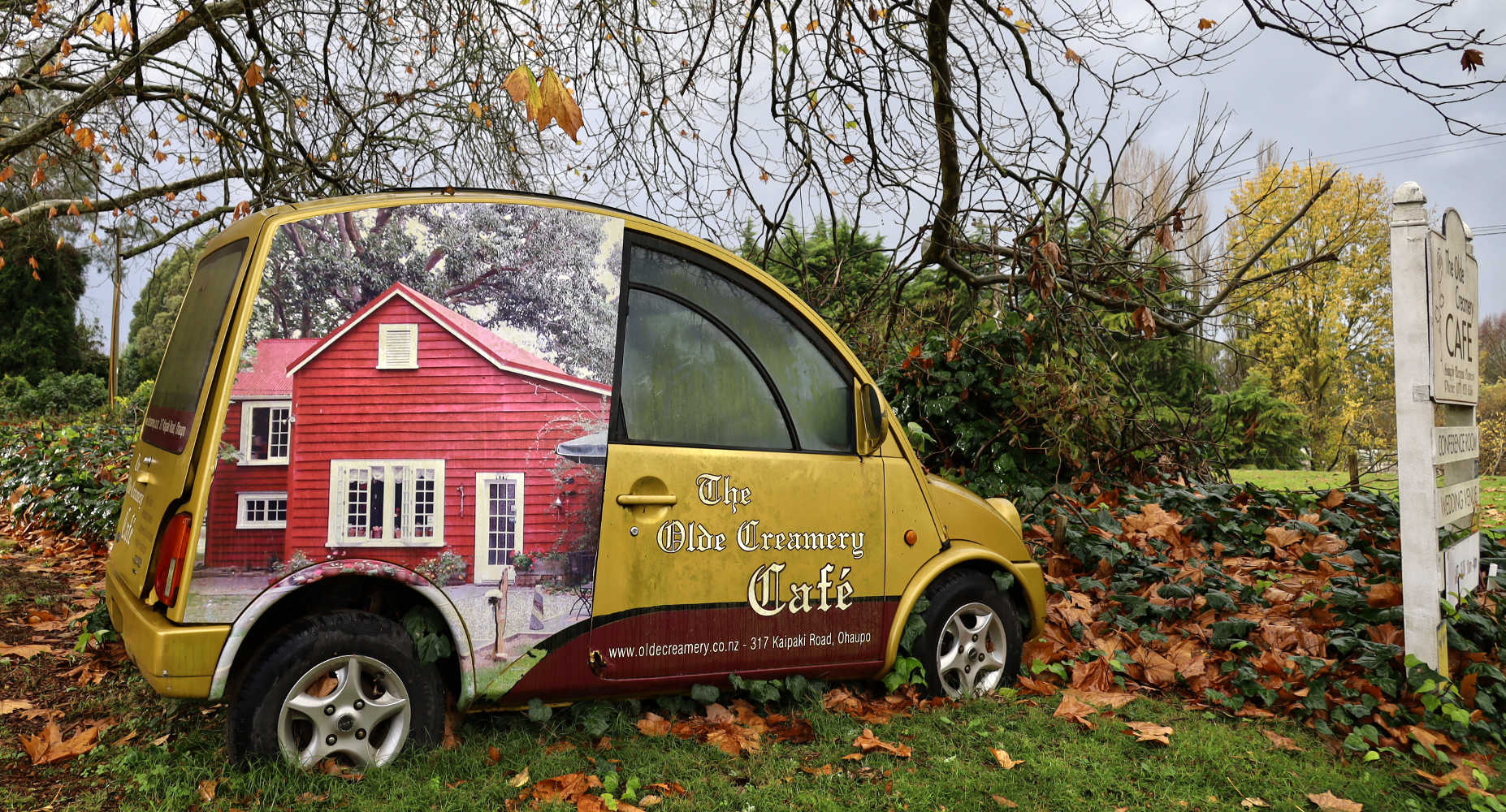 Ohaupo Old Creamery Cafe entrance
Ohaupo Old Creamery Cafe entrance

Check out Ohaupo Old Creamery Cafe for a leisurely brunch / lunch. Perfect day out from Cambridge.
Getting to Rotopiko National Wetlands Centre & Yarndleys Bush
Lake Rotopiko/Serpentine reserve is 4 km south of Ohaupo on SH3, right hand turn entry and exit only. Lake Rotopiko is off SH3 (Ohaupo Road), 22km south of Hamilton and 4km south of Ohaupo. The entrance is between Sowerby and Jary Road, left-hand turn only. Pedestrian access is through a sliding gate in the pest-proof fence. Approximately 5 minutes from the left hand turn entrance is a side road turn into the right hand traffic lane.
Getting around Rotopiko National Wetlands Centre & Yarndleys Bush
Grassy banks led to wide flat boardwalks and easy firm tracks, wheelchair accessible (with some assistance over the uneven grassed areas).
Composting toilet on site.
An easy stroll for all ages across open grassland with lake views, to a gravel and wide boardwalk around a hidden peat lake, and through a towering kahikatea forest.
Let’s keep on going …
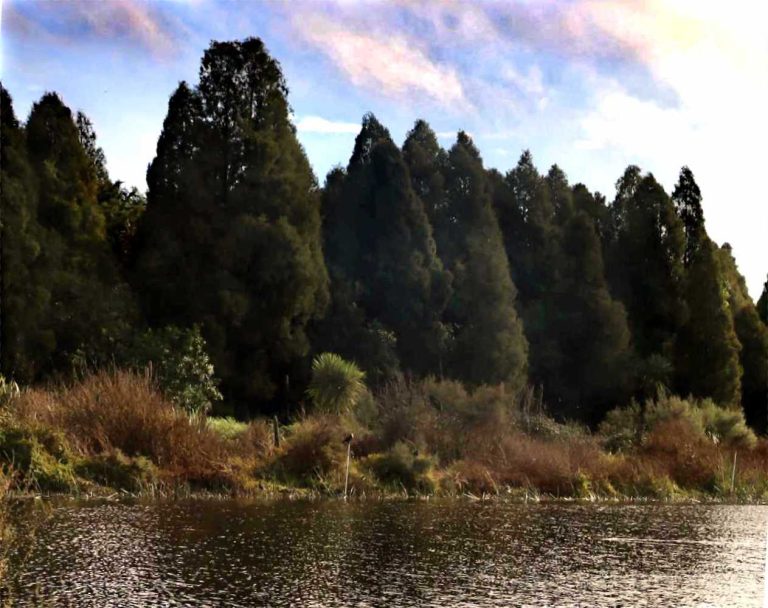
Yarndleys Bush
Ngaroto Road, north of Te Awamutu (township).
Another 5 – 10 minutes is Yarndleys Bush.
Kahikatea flourish in the 14 hectare council reserve. There is a short boardwalk with a stunning canopy tower giving visitors a bird’s eye view of the towering 30 metre high trees. The reserve is home to fantails, grey warbler, tui, pigeons, finches and rosella, while the small stream running through the stand is home to native trout, eel and koura.
- 1.8 km loop track, firm easy surface, there are no steps
- No dogs allowed
Please Note: Many of the walking trails in the Waikato region do not allow dogs. Hamilton & Waikato Tourism recommend checking with the local council before taking.
Travel pack information
-
Rotopiko - Kiwi Guardians map PDF
-
Rotopiko Lake Serpetine system, Waikato, National Wetland Centre PDF
For conservation focused travellers check out Responsible travel: sustainable tourism in New Zealand and the Top 15 sustainable travel experiences in New Zealand – Best Bits for a holiday where your actions make a difference.
BEST BITS TRAVEL GUIDE
Best Bits travel guide is published by nzjane.com. Owned and managed by PacificJane Ltd.
Our editors independently visit tour operators, purchase tickets, pay for accommodation, and rate products and places. We are not paid to go on a tour or visit a place. We only make money if you decide to purchase a product through our website links. We promise to never accept free products from manufacturers in return for boosting their products. Read more about our affiliate programme in the terms and conditions HERE.


